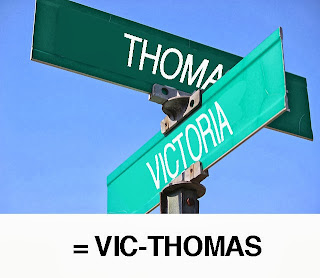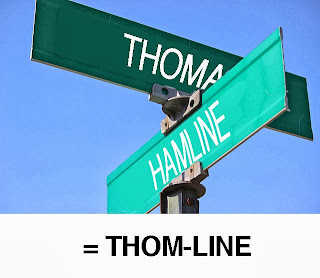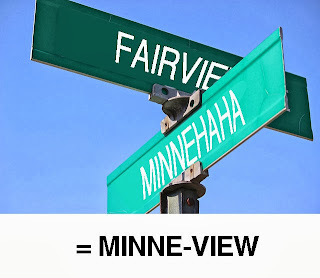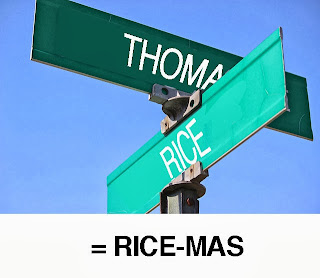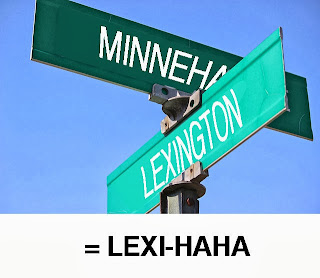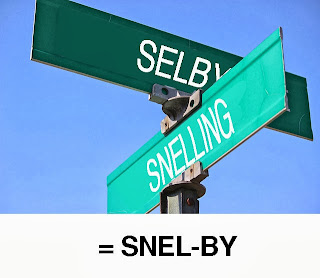 |
| [Painting a mural on the long-dormant "Saint Paul Meats" building.] |
In case you haven't heard Open Streets (a.k.a. "sunday streets" or cyclovia) is an interesting active living and urban design event that comes out of South America, and first arrived in the Twin Cities a few years ago along Lyndale Avenue in Minneapolis. I'd like to report that Saint Paul's debut effort was a resounding success, but (despite the organizer's proclamations) I can' quite bring myself to do so.
Rather, I think Saint Paul's Open Streets was a qualified good start. Sunday the 15th was a moderately lovely day. It was a bit cloudy, and what we in Minnesota might generously call" brisk." But eventually the sun came out, and it was lovely weather. Maybe it was the grey skies, but turnout was lower than I was hoping.
Maybe one of the reasons is that University Avenue, the site of the Open Streets event, presented a few challenges for the format. First, when cars are removed, you really begin to realize how barren, and dehumanizing the street architecture actually is. Vacant buildings and parking lots are everywhere. Very few doors, houses, or shops meet the sidewalk. Those that do seem devoid of people. Outside of a car, Saint PAul often feels like a ghost town, and University Avenue is no exception. (Inside of a car, it's too dark to see.)
 |
| [Musicians playing on the concrete LRT barrier.] |
That said, the event was a success in my opinion. Saint Paul's first stab at the format illustrated some of the challenges faced by non-motorized transportation movement, particularly around the way that cars are perceived differently along race and class lines. And for that reason, it was a good start at trying to re-frame how our streets are designed and used in Saint Paul.
Two lessons in particular jumped out at me...
Open Streets Means Different Things to Different People
 |
| [Young hip-hop artists performing.] |
It's also worth mentioning that people advocating for non-motorized transportation can sometimes overlook cultural differences in how public spaces are used in everyday life. For example, think about the different attitudes toward front- and back-yards, towards music and expression, and towards clothing and dress that are always at work within social situations. Assuming that people have the same cultural and social framework for perceiving something like a "public meeting" is a mistake too often made within planning and community engagement.
That said, just like the last two Lowry Avenue Open Streets events in North Minneapolis, the full diversity of Saint Paul's University Avenue was on display on Sunday. There were different stages where the area's main cultural groups performed, including a stage devoted to hip-hop (pretty sure I heard YN Rich Kids performing their "my bike" song), one that featured predominantly White artists, and another one filled by Asian-American musicians. Traveling up and down the full two-mile stretch of the street, you could really hear, smell, and see the diversity of Saint Paul. It's something that should make us proud.
And it turns out there can be a lot of common ground between different parts of our community when it comes to streets. Everyone wants to feel safe crossing the street. Everyone wants to have places for their children to walk and ride bikes without being threatened by fast-moving cars. At its best, Open Streets builds bridges between often disparate groups, bringing them together around improving safety and quality of life along the streets that we all share.
Any critiques of the Open Streets event need to keep this diversity in mind. A common refrain I heard from some of the planners and advocates was that the Open Streets "needed more events," that the street felt too empty. I agree to an extent, but I worry that more fully "programming" the space might limit the inherent creativity of the different parts of the neighborhood. As I've written before, one of the brilliant things about the Open Streets format is that it doesn't tell people what to do, how to use the space. It simply makes it available, and then let's the inherent generative potential of people flourish. While this event felt a bit sparse at times, I'm quite hopefully that next time Saint Paul puts on an Open Streets event, more people will take to the streets in their own ways, and even more bottom-up activities might emerge.
 |
| [A young man trying unsuccessfully to get people to stop in at 88 Oriental Foods, a grocery store.] |
Some Small Businesses "Got It"; Most Didn't
 This is connected to the first point. In the weeks and days leading up to the Open Streets event, I'd had a few discussions with leaders of the business community and arts organizations along the avenue. Despite the outreach and preparation work done, many people along University Avenue didn't seem to understand exactly what kind of event this was. (It's only natural that there would be confusion, as this kind of event IS complicated and might not easily translate across cultures.)
This is connected to the first point. In the weeks and days leading up to the Open Streets event, I'd had a few discussions with leaders of the business community and arts organizations along the avenue. Despite the outreach and preparation work done, many people along University Avenue didn't seem to understand exactly what kind of event this was. (It's only natural that there would be confusion, as this kind of event IS complicated and might not easily translate across cultures.) That said, one thing that was on full display was the wide range of approach to marketing the small businesses along the street. For example, the dozens of Asian-American restaurants along University Avenue are one of Saint Paul's best features. I haven't counted them all, but I'd bet you can buy a bowl of pho at more than a dozen different unique places along the street. But of all of these businesses, only a few seemed to clearly understand the nature of the event, and set out food along the street. Homi Mexican Restaurant was selling lots of roasted corn, Johnny Baby's rib sandwiches were doing a brisk business, and Lao Thai's food table was crowded all day long.
But meanwhile, outside of that handful of shops, most places had little to nothing out on the street. There were whole blocks with no displays, no tables, no smells, no samples. It was a real missed opportunity to connect the often-isolated car-centered University Avenue shops with each other.
In a way, all the open space of the first Open Streets is OK with me. It means that there's a lot of opportunity for the many people who live and work along University Avenue (or any future Open Street) to claim their social and physical spaces, and re-make them however they like. I'd like to see future Open Streets events be more aggressive about getting people outside, out into the public spaces. Hopefully, Saint Paul's first attempt is just the beginning. Down the road, I'm excited about the possibilities that come with freeing our streets from cars for a day.
 |
| [A young man (fake moustache) handing out free fried rice samples in front of a Thai Restaurant.] |
 |
| [The hopping food table in front of Lao Thai, the best along the whole street IMO.] |
 |
| [Delicious rib cookery at Johnny Baby's.] |















